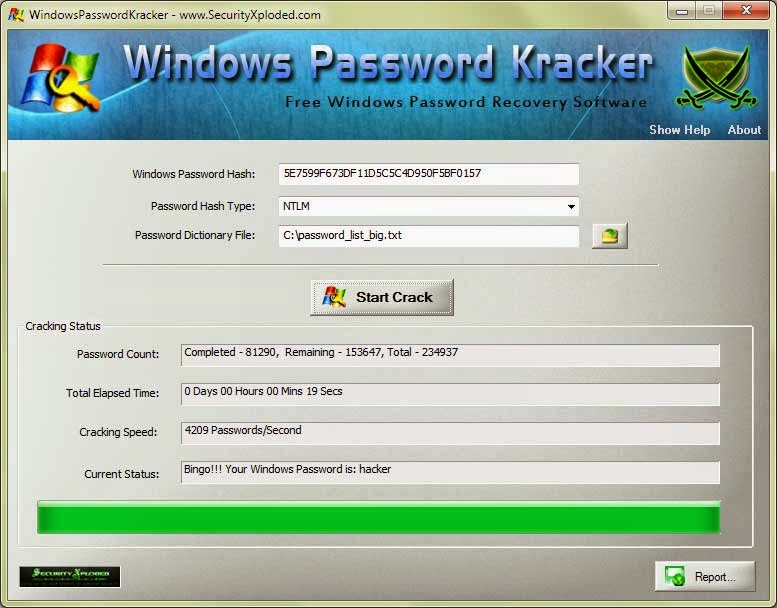

The stored credentials let users seamlessly access network resources, such as file shares, Exchange Server mailboxes, and SharePoint sites, without re-entering their credentials for each remote service. The Local Security Authority Subsystem Service (LSASS) stores credentials in memory on behalf of users with active Windows sessions. So LSA employs a subsystem process, LSASS and this in turn stores passwords in memory The security system process, Local Security Authority Server Service (LSASS), keeps track of the security policies and the accounts that are in effect on a computer system. In addition, LSA maintains information about all aspects of local security on a computer (these aspects are collectively known as the local security policy), and it provides various services for translation between names and security identifiers (SIDs). The Local Security Authority (LSA) is a protected system process that authenticates and logs users on to the local computer. The first thing to understand is Local System Authority or LSA.

Here I’ll try to shed some light on what’s going on as best I can. Or worse a bunch of hex in wdigest such as this (from here) Other times you’ll not be so lucky and instead see just hashes such as mimikatz # sekurlsa::logonpasswordsĪuthentication Id : 0 313007 (00000000:0004c6af) When you dump passwords, sometimes you see them in unhashed plaintext such as this ( source here): mimikatz # sekurlsa::logonpasswordsĪuthentication Id : 0 372499 (00000000:0005af13)
#CRACK LM HASH NT HASH DECRYPT PASSWORD#
This isn’t a typical walkthrough post, but rather an exposition culled from various sources to try to understand what goes on behind the scenes when dumping Windows password hashes with mimikatz.
#CRACK LM HASH NT HASH DECRYPT HOW TO#
I did some reading recently on how to use mimikatz to try understand the output displayed when passwords/hashes are dumped.


 0 kommentar(er)
0 kommentar(er)
